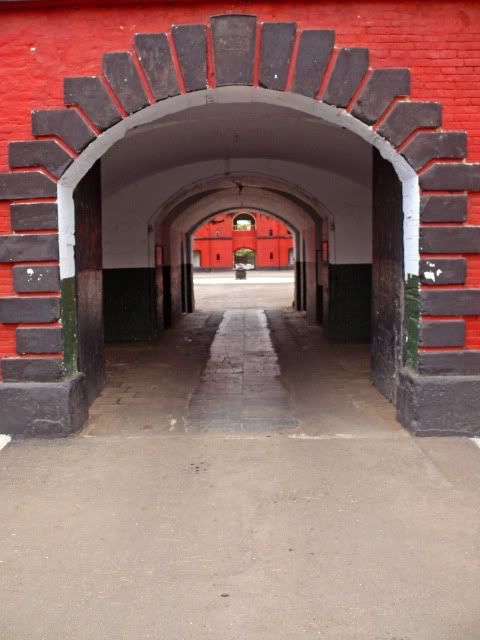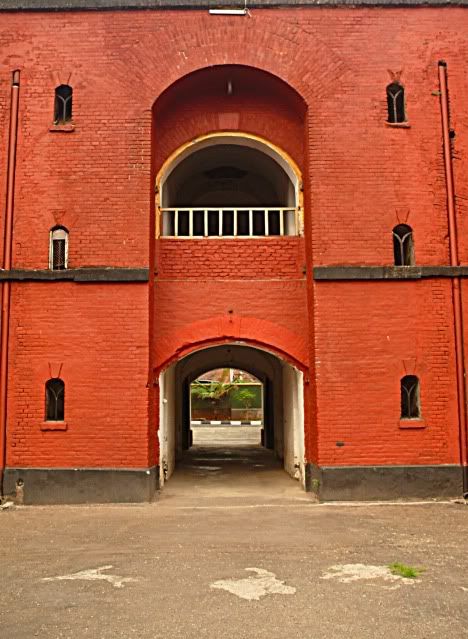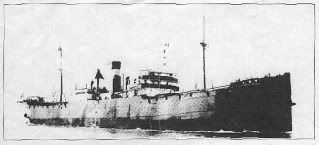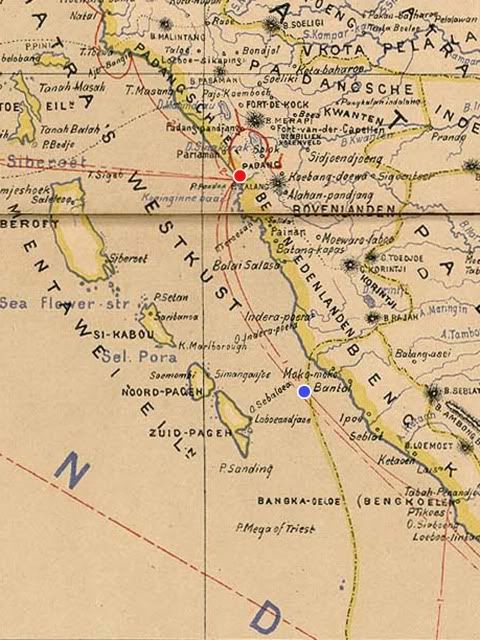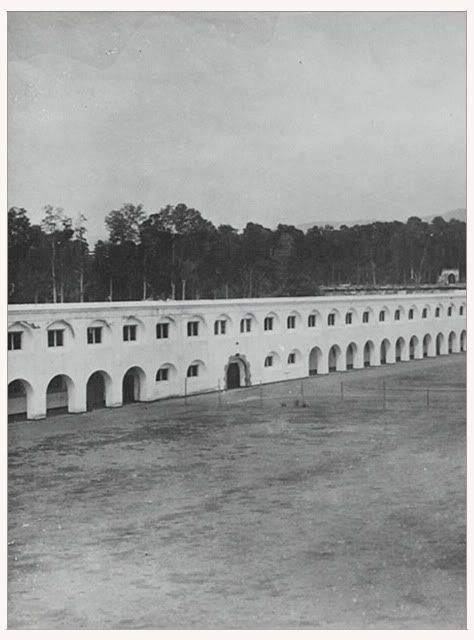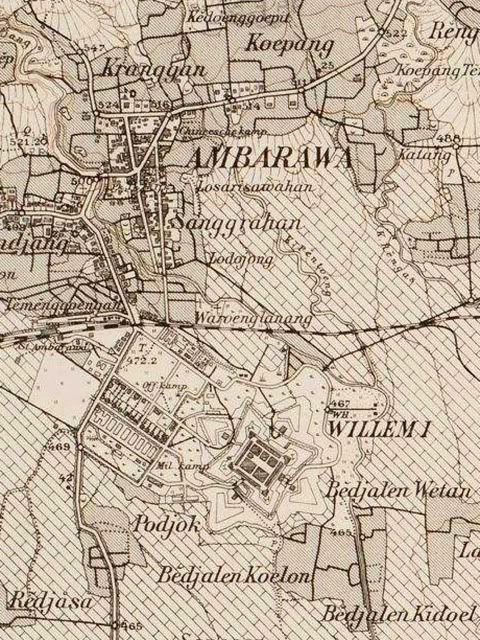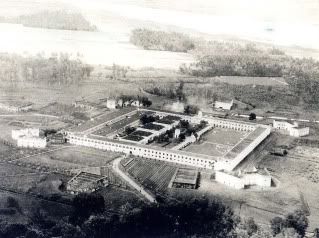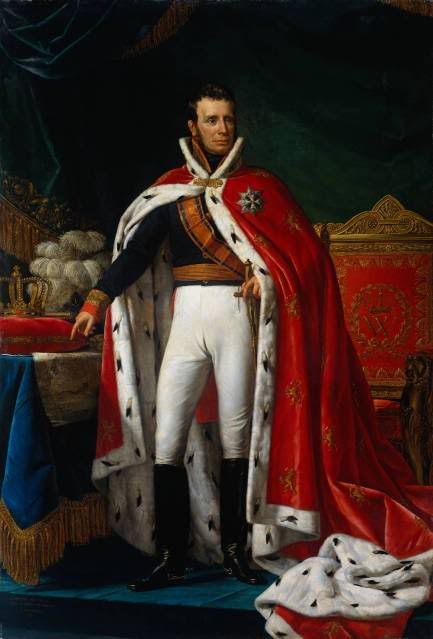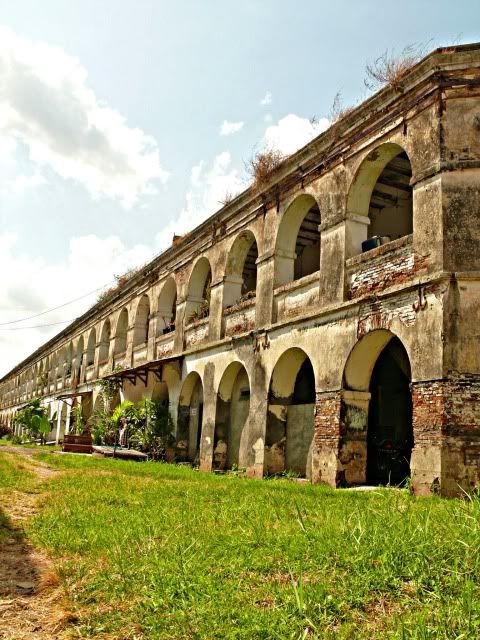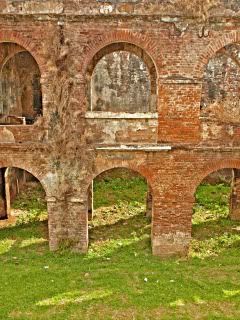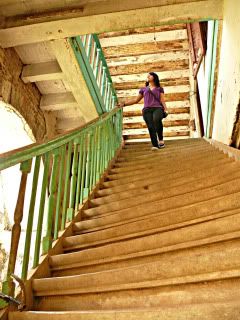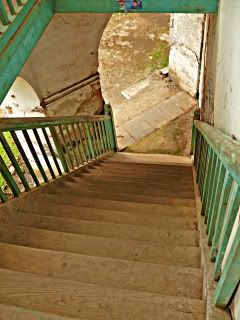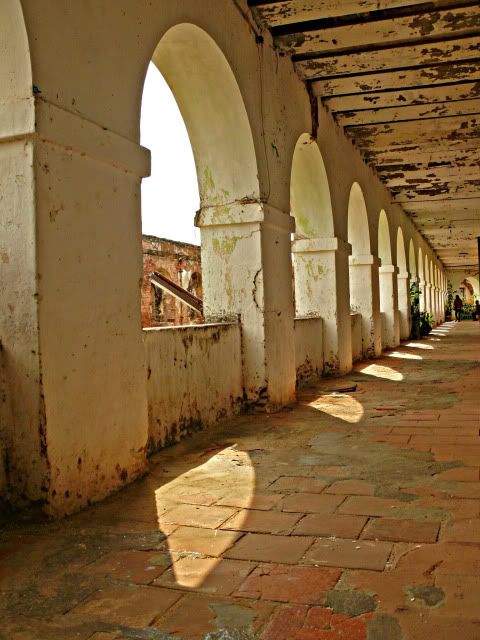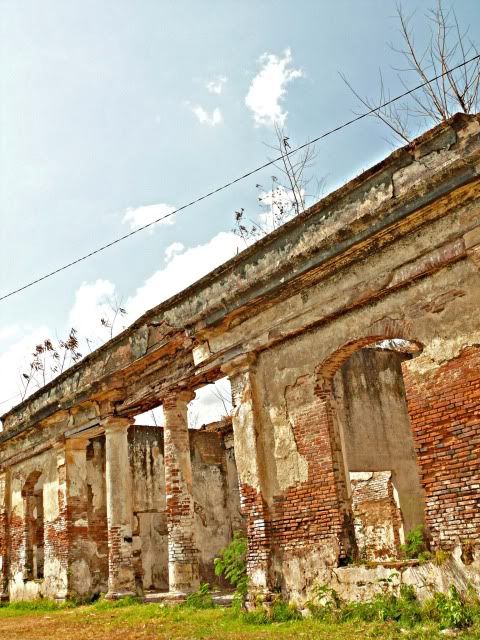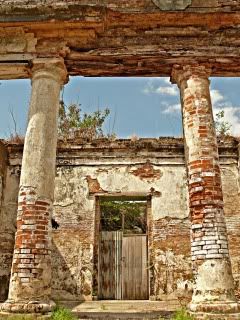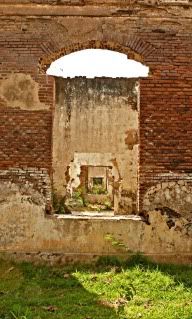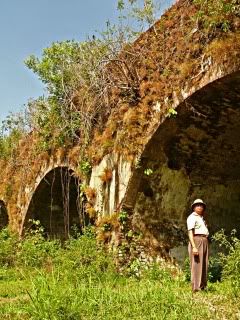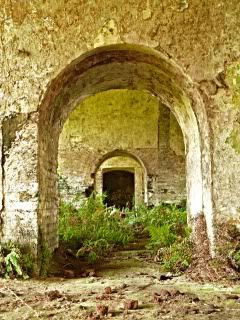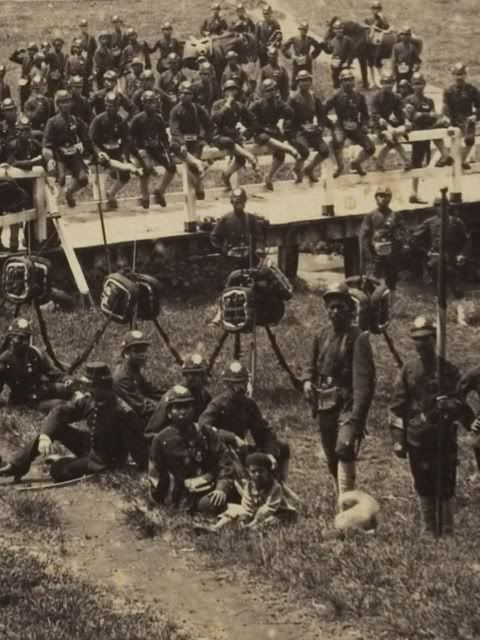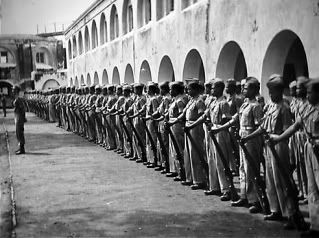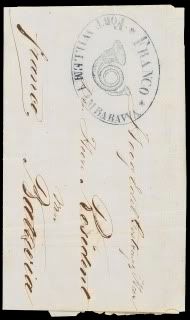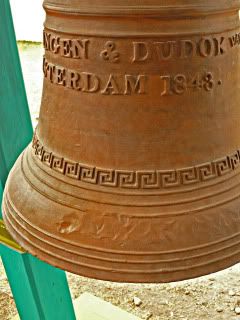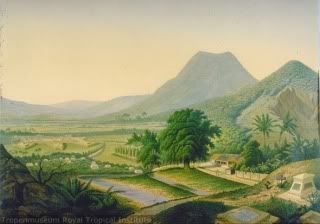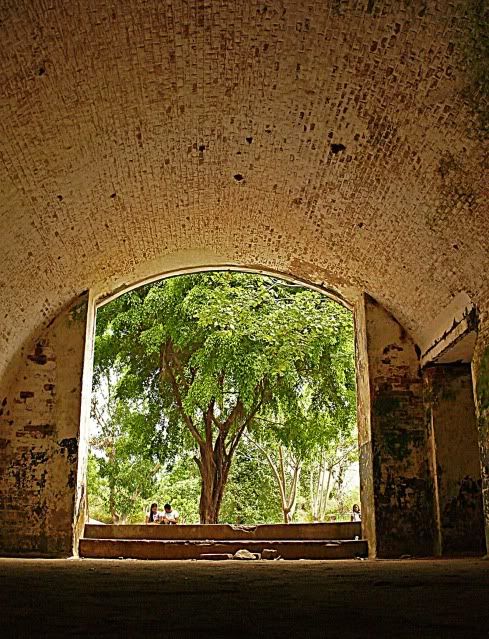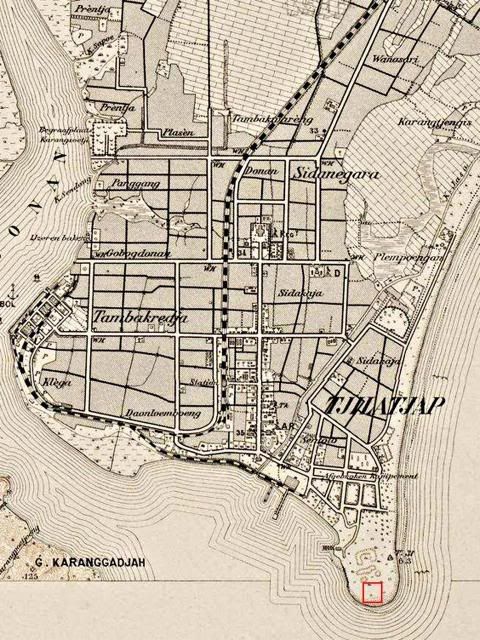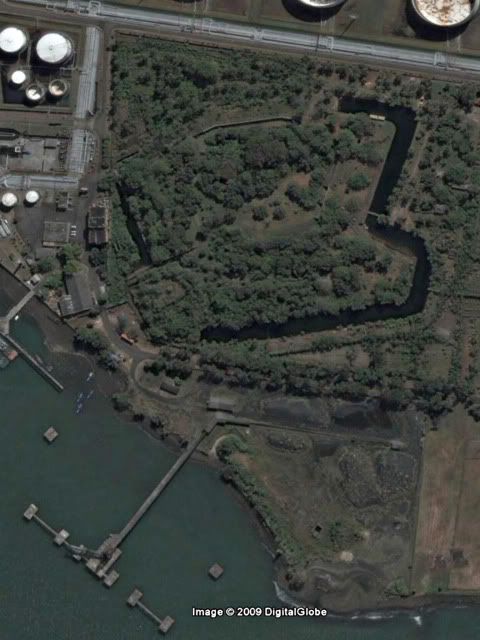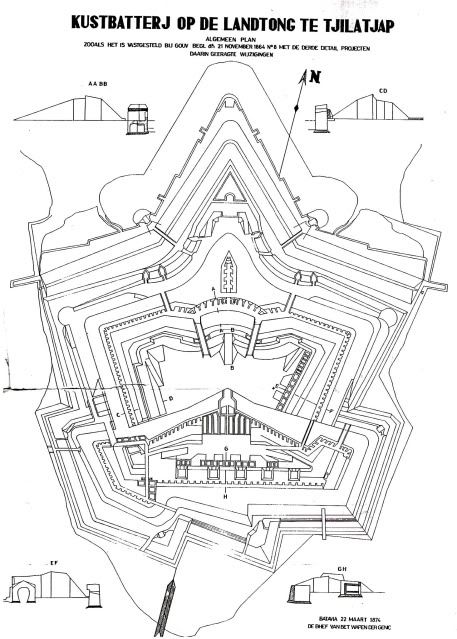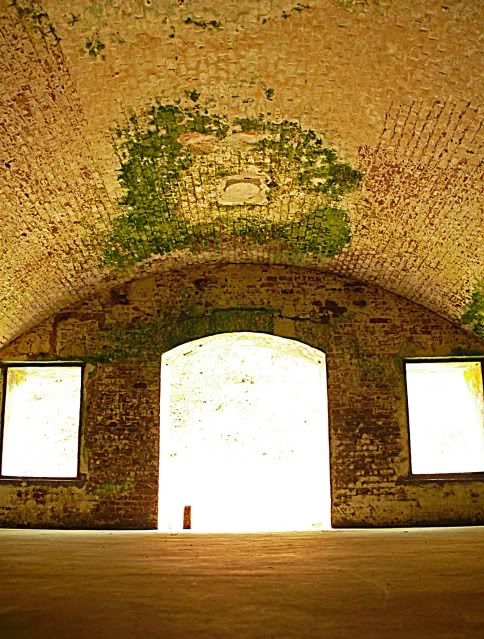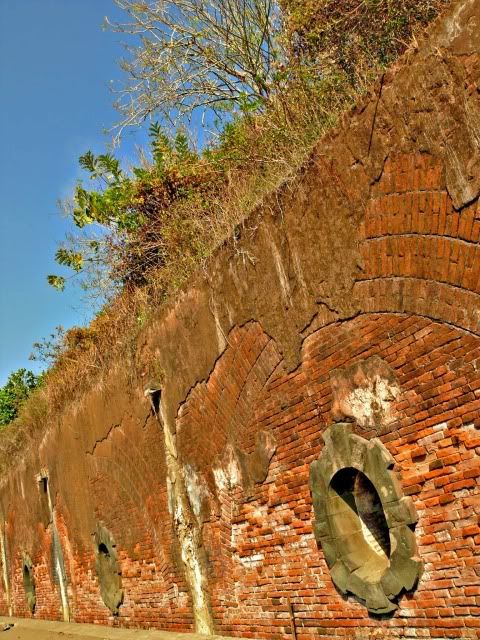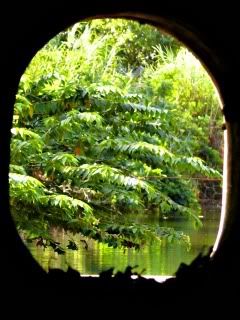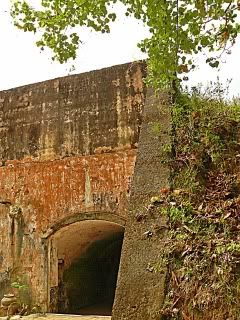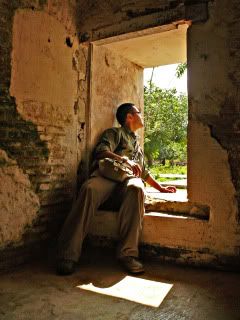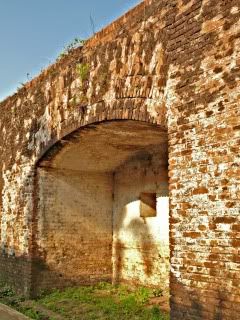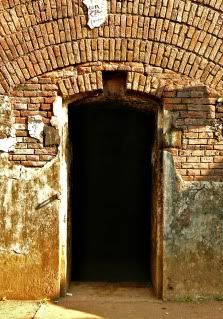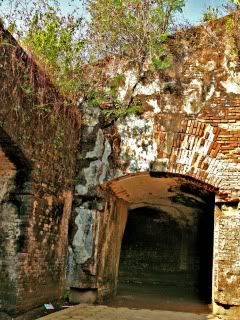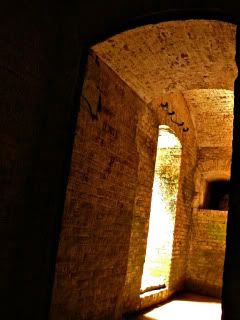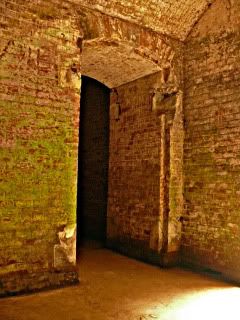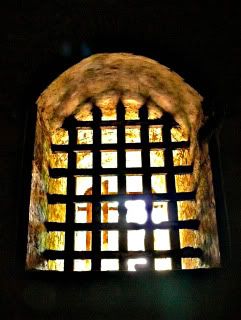Lieutenant-General Frans David Cochius in 1850
[3rd of December 1787 – 1st of May 1876]
Lithograph in format of 32x24.5cm
Source: KITLV
Engineer of Battlefield Fortification Strategy in 1827-30
in sequence capturing Diponegoro
If Frans David Cochius was still alive today, he must be 222 years old in December 2009. Who is he? I’ll bring his short biography and compartment in sequence of capturing Diponegoro in Java War.
><
Java War 1825-30 was the badly war in the history of colonization in Netherlands Indies. For the first time the colonial government faced a massive social rebellion covering large part of Java: 2 million Javanese people were exposed to the ravages of war, 200 thousands Javanese were died. On the other hand, Dutch suffered 8 thousands European troops and 7 thousands of Indonesian troops who fought for Dutch were perished. The war consequence was rising cost about 20 million guilders! The war that perished everything both Javanese and Dutch side.
The Java War was started in a rebellion led by Pangeran Diponegoro for the reason of Dutch political intervention in the Court of Mataram (general reason), and Dutch decision to build a road across a piece of his ancestral property (personal reason).
><
F.D. Cochius was an expertise in fortification. He designed the prototype of battlefield fortification strategy [Benteng Stelsel]. The fort was built in high terrain, a square building made by coconut tree height about 7-8 feet.The cannons were applied in the one of diagonal corner of the fort. Each corner has two cannons.
In the throne of Governor General Du Bus de Gissignies, the government of Dutch Indies failed to extinguish the rebellion of Diponegoro. In several party the Diponegoro army defeated the Dutch Indies army, such as campaign for capturing Kejiwan [August 1826], campaign of Delanggu [August 1826], and campaign of Gawok [October 1826]. Military operation did not reach the objective. General H.M. de Kock ordered to Colonel F.D. Cochius for planning the prototype of battlefield fortification strategy.
This prototype was implied in battlefield fortification strategy in area Bagelen, Banjoemas, Gowong, Ledok, Kedhu, and
The strategy of Battlefield Fortification was implied since May 1827. The Battlefield Fortification means that fort was not only have a passive role in the military defense, but it’s emphasized that the fort has active and important role as quarter for offensive operation, military command and control and logistic purposes. Broadly speaking, fort was attempted as warfare and military strategic. In period of May – December 1827 General H.M. de Kock established about 30 forts surrounding
><
THE ACHIEVEMENTS
F.D. Cochius was born 3rd of December 1787 in Valburg.
His parents are Gerrit Jan Casparus Cochius and Anna Dibbets.
He died in Huize Vredenoord near Rijswijk, Netherlands on 1st of May 1876.
July 1811:
Captain in the French Army
December 1814:
Captain in
May 1822:
Awarded “Ridder IIIe klasse of Officier in de Militaire Willems-Orde” [MWO], the 3rd Class Knight in Military Order of William in his service as engineer attached to Headquarters during the Waterloo Campaign.
September 1825:
Lieutenant-Colonel F.D. assaulted the
October 1825:
He designed the prototype of temporary battlefield fortification in Kalidjengking. His designed would be adopted in to Fortification Strategy in following Java War 1826 – 30.
June 1826:
Capturing Pleret, a fort of Diponegoro in Southern of Jogjakarta with more than 7.000 Dutch soldiers.
July 1826:
He lead the movement to Dekso, a new headquarter of Diponegoro after Pleret conquered by Dutch Army.
1827:
Commander in Military Operation District of
April 1828:
Battle of Bedoyo, he waved Diponegoro army out from this village.
July - August 1828:
Colonel Cochius occupied the
January 1829:
Military operation to
This operation was moving Diponegoro in to the western
The operation continued to Southern Mountains of Jogjakarta.
July 1829:
Capturing
March 1830:
Colonel Cleerens with Diponegoro arrived in Magelang.
The Kedhu Resident and military chief, including Colonel F.D. Cochius met them in Magelang before the capitulation 28 of March 1830. Based on capturing Diponegoro in Magelang, it designate that the Java War was terminated.
Post of Java War, Colonel F.D. Cochius was the commander in Salatiga, a town in Java.
1831 - 37:
Extinguishing of the uprising of the Padri's Islamic fundamentalist insurgents in the mountains of western
August 1837:
Conquered the
May 1838:
Commander Militaire Willemsorde
September 1837:
1st Colonial Infantry Battalion in Bondjol for Major General F.D. Cochius, RVH
[Van Heutz Regiment].
November 1841:
12th Infantry Battalion in
[Van Heutz Regiment].
April 1846:
13th Infantry Battalion in
[Van Heutz Regiment].
><
FORT COCHIUS IN WEST BAGELEN – GOMBONG:
COMMEMORATE OF LIEUTENANT GENERAL F.D. COCHIUS
Governor General Johannes van den Bosch determined "Algemeene Orders voor het Nederlandsch-Oost-Indische Leger" in 1830, which lead the commencement for new military organization in Netherlands-Indies: “Oost-Indische Leger”.
Principal Entrance of Fort Cochius
This fort built in 1833, after The Java War
Western Gate
In 1833 a modern fort was established in octagonal platform. Probably this fort replacing the battery of Kemit which built in 1827. It was origin from the temporary fort that built in the period Java War. The fort was inaugurated as
However, as established in the post Java War period, means afterward the turbulence in Java, the
See also:
OCTAGONAL FORTRESS IN KEMIT -
REFERENCES
“Generaal-maj. Cochius dwingt de vesting Bonjol tot overgave (16-08-1837)”
Koninklijke Landmacht
Ministerie van Defensie – Den Haag
Koninklijk Instituut voor Taal-, Land- en Volkenkunde
Royal Netherlands Institute of Southeast Asian and Caribbean Studies – Leiden
“Strategi Menjinakkan Diponegoro: Stelsel Benteng 1827-1830”
By Saleh A. Djamhari
Published by Komunitas Bambu, Jakarta, 2003.
“The Origins of the Java War (1825-30)”
By Peter Carey
The English Historical Review, Vol. 91, No. 358
Published by Oxford University Press, January, 1976

